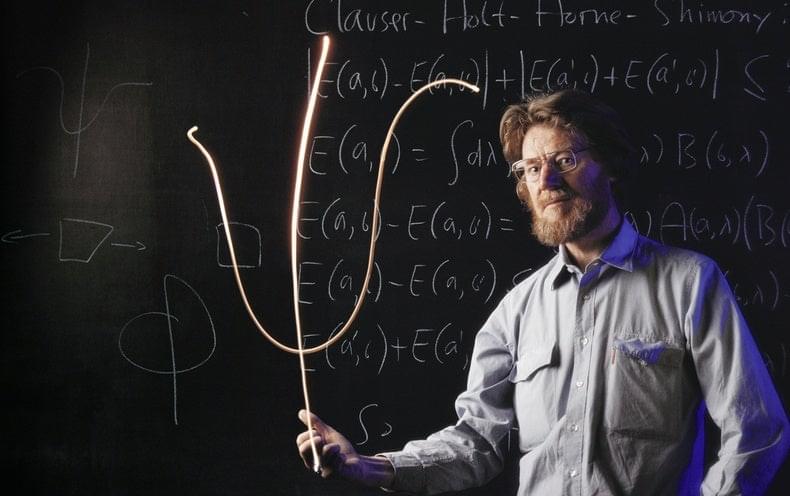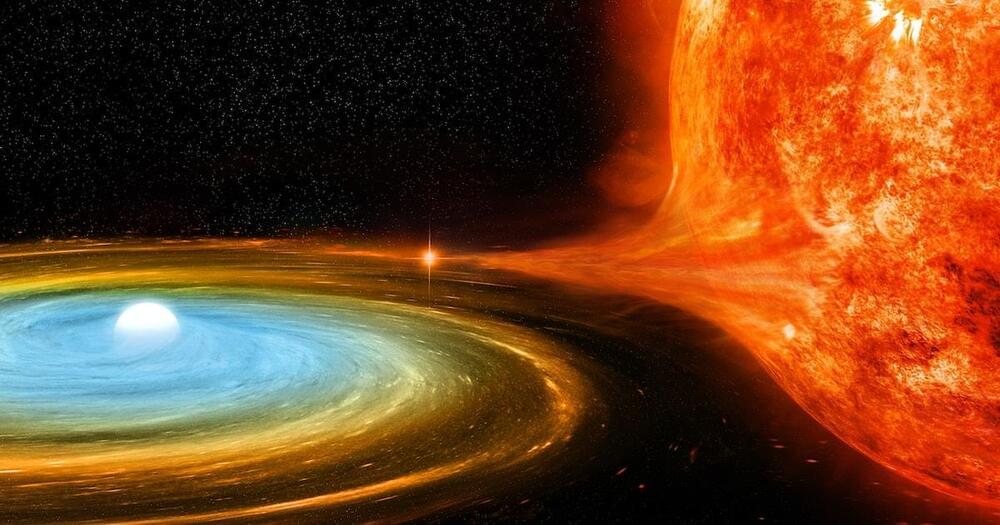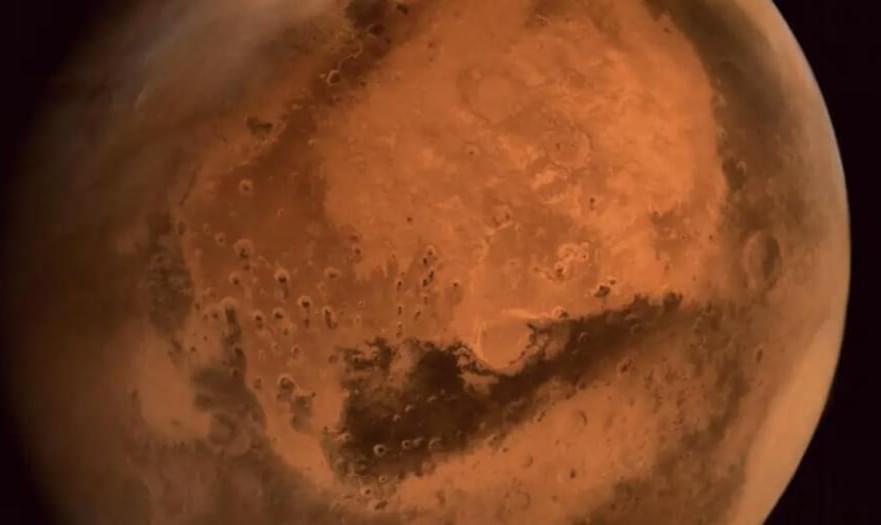Oct 7, 2022
Look: Webb and Hubble telescopes team up to image a dust-shrouded galaxy
Posted by Atanas Atanasov in category: space
Astronomers studying cosmic dust in a spiral galaxy discovered an even more distant galaxy.
And the light being shed, in this case, comes partly from the elliptical galaxy on the left side of the image. Astronomers used Webb and Hubble to watch the light from the elliptical galaxy, which is farther away than its partner, shining through the dusty arms of the spiral galaxy. The two galaxies are close neighbors, but not quite close enough to be in danger of colliding and merging.
In fact, the elliptical galaxy on the left is doing a lot of work in this image. Not only is it backlighting the dust in its neighbor’s spiral arms, but it’s providing a gravitational lens to reveal a distant galaxy that astronomers had never seen before.
Continue reading “Look: Webb and Hubble telescopes team up to image a dust-shrouded galaxy” »


















